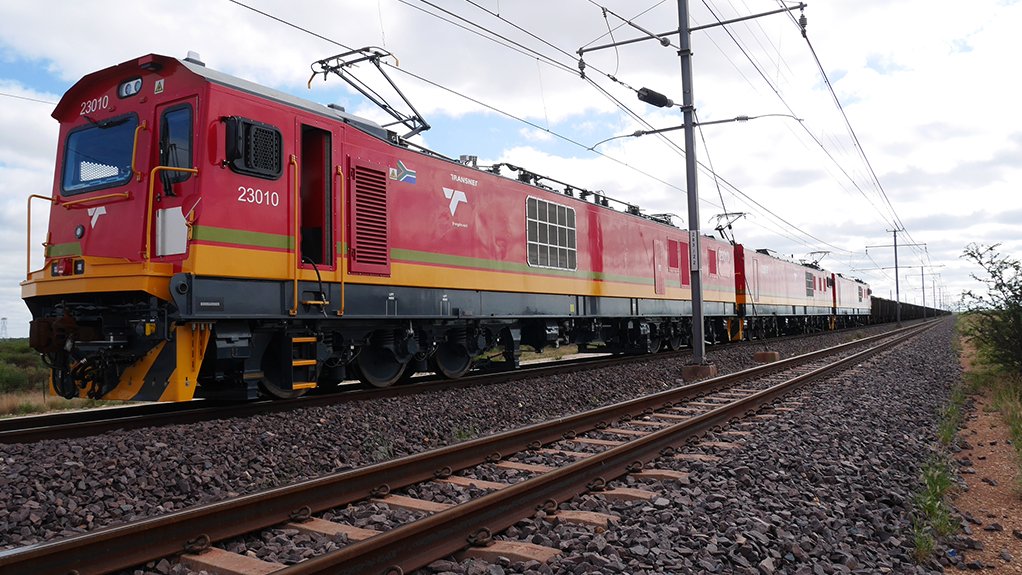The Department of Transport (DoT) aims to have the interim National Rail Masterplan (NRMP) ready by February next year, says DoT chief director Jan-David de Villiers.
This will be followed by an eight-month consultation process, with the final NRMP to be delivered by October 2025.
The DoT has contracted SMEC South Africa/Bigen Africa Services JV for the development and maintenance of the NRMP, with the project team consisting of transport planners, economists, civil engineers, project managers, legal specialists and macrologistics strategists, among others.
When the JV’s three-year contract comes to an end, the goal is for a dedicated DoT unit to take over the planning and rollout of the masterplan.
The South African National Roads Agency also forms part of the NRMP project management structure, in order for the State-owned road builder to be aware of the commodities being targeted for a return and/or move to rail – and to not accommodate them through additions to the road network, says De Villiers.
He adds that the NRMP will weigh 83 commodities and their origins and destinations to determine if and how they could be moved to rail from road, including grain, chrome, coal and maize.
He says the strategic focus of the NRMP is to start from a zero base to develop a strategic rail network for South Africa.
This should include setting realistic growth rates for all rail traffic categories; for the State to exit rail lines that are not economically or strategically viable; the introduction of competition in the rail market and the attraction of private-sector participation (PSP) and investment in infrastructure, rolling stock and concessioning; as well as the development of a clear path for the long-distance passenger rail service.
Private-sector Participation
De Villiers says there are three timelines for the proposed PSP programme within the rail network.
The first target, set for December, is to conclude a memorandum of agreement with the Development Bank of Southern Africa (DBSA); to finalise the PSP pipeline in terms of the projects that will go into the pipeline; and to capacitate the PSP unit within the DoT.
By December next year, the DoT should have appointed the required specialists to work on bid development, with the bid windows announced in terms of the bids going to the market; and with the requests for proposals (RFPs) already out to market.
“Our main thrust with the RFPs is to reach financial close,” says De Villiers.
From 2026 to 2029, the DoT will evaluate the bids, announce the preferred bidders and reach commercial and financial close.
The parameters of the PSP programme is to return the rail network to between 220-million and 250-million tons of goods a year, says De Villiers.
This means PSP projects supporting this goal will be implemented first.
On the passenger rail side, the aim is to reach a ridership number of 600-million to 725-million passengers a year, with the busiest corridors with the most potential to help deliver on this number to be pushed through first.
* De Villiers spoke at a Transport Forum event.
EMAIL THIS ARTICLE SAVE THIS ARTICLE ARTICLE ENQUIRY
To subscribe email subscriptions@creamermedia.co.za or click here
To advertise email advertising@creamermedia.co.za or click here











